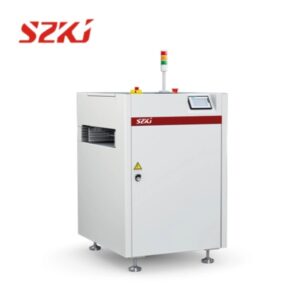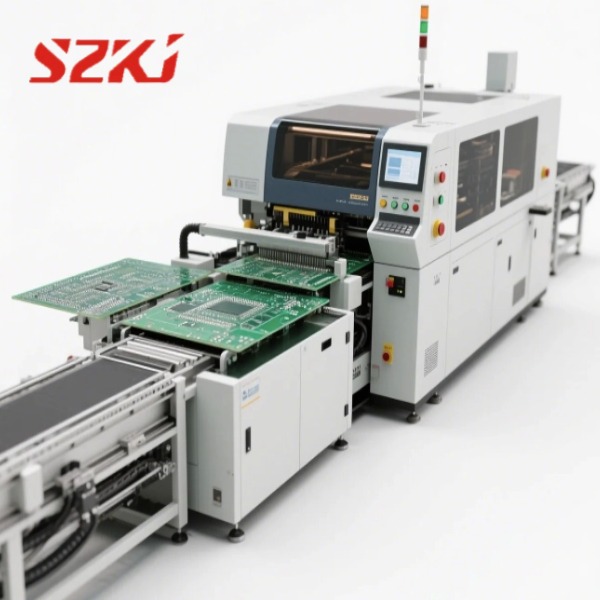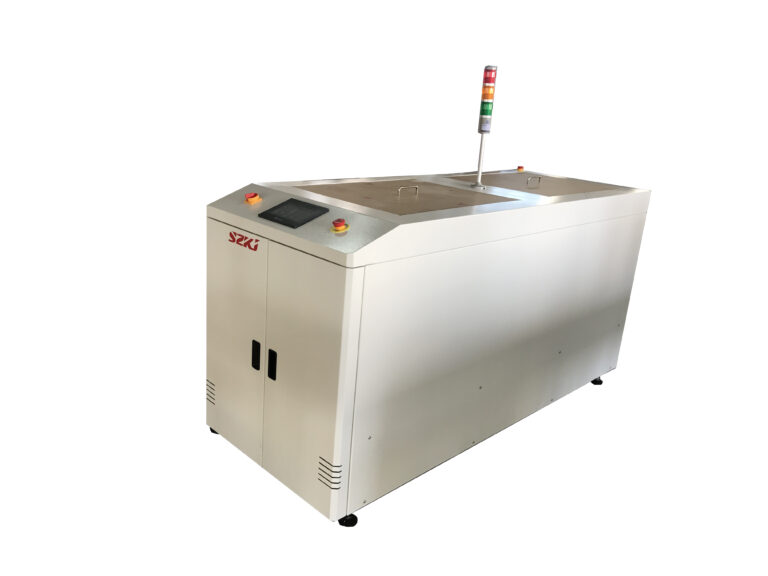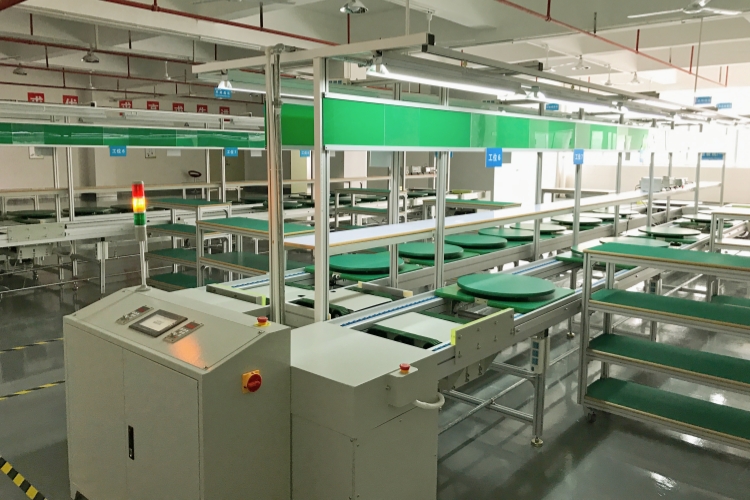Table of Contents
ToggleInsights about SMT Manufacturing You Need to Know
Have you ever wondered how electronic devices keep getting smaller yet more powerful? SMT manufacturing makes this possible. SMT stands for Surface Mount Technology. It is the process used to mount electronic components directly onto the surface of printed circuit boards (PCBs). Because of SMT manufacturing, electronic devices today are compact, reliable, and affordable. It plays a crucial role in consumer electronics, automotive industries, and even medical devices.

What is SMT Manufacturing?
Surface Mount Technology manufacturing involves placing electronic components directly onto printed circuit boards (PCBs). Unlike traditional through-hole methods, SMT manufacturing uses tiny components placed precisely onto the surface. The components are smaller and lighter and take less space, making electronics compact and powerful.
Traditional PCB manufacturing involves inserting component leads through drilled holes. In contrast, SMT manufacturing skips the holes, saving time, materials, and space. This technique allows companies to design smaller, sleeker electronics without sacrificing performance or reliability.
Because of these benefits, SMT manufacturing is now the standard in most modern electronics, from smartphones and tablets to complex medical and automotive systems.
The SMT Manufacturing Process
SMT manufacturing involves several critical steps that ensure electronic components are properly placed on a PCB. Understanding these steps helps businesses appreciate the precision and expertise involved in SMT manufacturing.
Step-by-step Overview of the SMT Process
- First, technicians apply solder paste to the circuit board using a stencil. The paste contains solder particles that bond components to the board.
- Next, the PCB moves to a pick-and-place machine. This machine accurately positions electronic components onto the solder paste.
- After placing the components, the board passes through a reflow oven. Heat melts the solder, securing components firmly to the PCB.
- Finally, technicians inspect the board visually and electronically. They ensure each component is correctly placed and functioning. If defects appear, technicians fix them immediately, maintaining product quality.
Equipment Used in SMT Manufacturing
High-quality equipment matters in SMT manufacturing. Essential machines include:
- Stencil Printers: For applying solder paste precisely.
- Pick-and-Place Machines: Automated robots for accurate, high-speed component placement.
- Reflow Ovens: Machines that heat boards, melting solder to create permanent connections.
- Inspection Systems: Advanced cameras and testing equipment that verify quality.
Advantages of SMT Manufacturing
Companies choose SMT manufacturing because it offers clear advantages over older methods. These benefits help businesses stay competitive by cutting costs, saving time, and improving product reliability.
Cost and Efficiency
SMT manufacturing saves businesses money. Smaller components cost less, and faster placement speeds reduce labor time. Because SMT avoids drilling holes, it uses fewer materials and lowers production costs. This efficiency means companies produce electronics quickly and affordably, boosting overall profitability.
Reliability and Quality
SMT components are smaller and lighter, creating stronger connections with less vibration damage. Surface-mounted components withstand shock and stress better than traditional through-hole parts. This strength results in fewer failures and longer-lasting products. Consumers trust electronics made with SMT manufacturing because they perform reliably for extended periods.
Additionally, the precise placement and automated inspection processes of SMT manufacturing significantly reduce errors, ensuring consistent product quality.
SMT manufacturing has transformed electronics production, delivering smaller, faster, and more reliable products. Understanding SMT processes, benefits, and trends helps businesses choose the right partners and technologies. At SZKJ, we specialize in providing high-quality PCB-handling equipment that supports the SMT manufacturing process. Our advanced equipment ensures precision, efficiency, and reliability in every step of the manufacturing journey, helping businesses produce top-tier electronic products.


-768x768.jpg)

